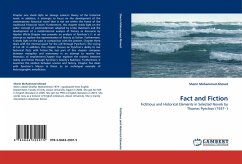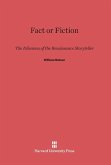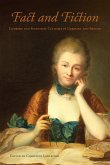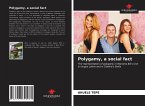Chapter one sheds light on George Lukacs's theory of the historical novel. In addition, it attempts to focus on the development of the contemporary historical novel that is not set within the frame of the traditional historical novel. Furthermore, this chapter sheds light on the wider concept of postmodernism adopted by Linda Hutcheon and the development of a metahistorical analysis of history as discourse by Hayden White.Chapter two presents an analysis of Pynchon's V. in an attempt to explore the representation of history as fiction. Furthermore, it sheds light on the past in comparison with the present. Chapter three deals with the internal quest for the self through Pynchon's The Crying of Lot 49. In addition, this chapter focuses on Pynchon's ability to mix historical facts with fiction.The last part of this chapter compares between metaphor and metonymy in an attempt to rewrite the thematics of emplotment.Chapter four explores the relation between reality and fiction through Pynchon's Gravity's Rainbow. Furthermore, it examines the relation between science and history. Chapter five deals with Pynchon's Mason & Dixon as an archetypal example of historiographic metafiction.
Bitte wählen Sie Ihr Anliegen aus.
Rechnungen
Retourenschein anfordern
Bestellstatus
Storno








